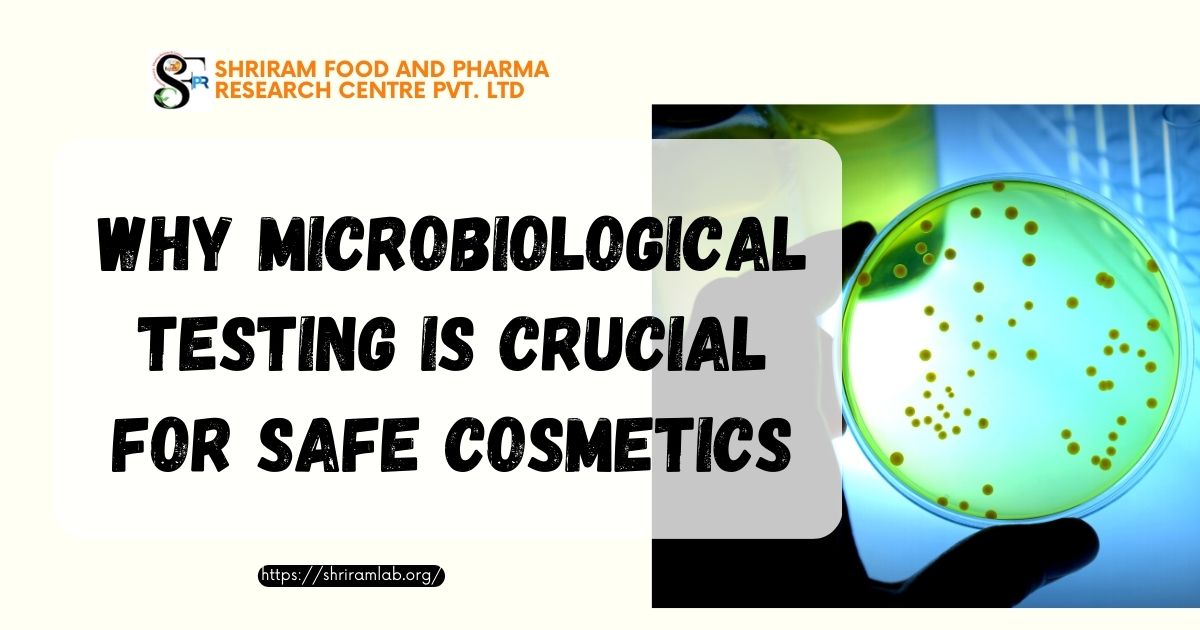Introduction
Milk has long been a staple in our diets, providing essential nutrients. However, the purity and safety of the milk we consume is a growing concern. News of milk adulteration is frequently reported, raising doubts about the authenticity and potential health risks associated with contaminated milk.
Understanding Milk Adulteration
The dairy industry in India is vast, with millions of villages involved in milk production. Despite being the largest exporter of milk, there is a significant gap between production and consumption. This gap has given rise to the illicit practice of milk adulteration.
Milk adulteration involves the addition of harmful substances to increase volume, shelf life, or density. Common adulterants include detergents, synthetic components, urea, caustic soda, and formalin. These substances pose severe health risks when consumed over a prolonged period, leading to food poisoning, gastrointestinal complications, heart problems, cancer, or even death.
Risks of Consuming Adulterated Milk
The consumption of adulterated milk can have catastrophic effects on health. Preservatives added to milk can cause a range of health issues, while the addition of water contaminates the milk and compromises its nutritional value. Some common adulterants with serious adverse effects include urea, formalin, detergents, ammonium sulphate, boric acid, caustic soda, benzoic acid, salicylic acid, hydrogen peroxide, sugars, and melamine.
Detection Methods for Milk Adulteration
Various methods can be employed to detect milk adulteration:
- Fat Skimming: Removing fat from milk results in lower fat percentage, higher density reading, and a higher ratio of SNF (Solid-Not-Fat).
- Water Addition: The addition of water to milk leads to a lower fat percentage, lower SNF percentage, and lower density reading.
- Starch Iodine Test: A starch iodine test can detect the presence of starch in milk. A blue color indicates the presence of starch, which disappears on boiling and reappears on cooling.
- Sodium Chloride Test: Adding common salt to watered milk increases its density. A yellow precipitate formed by adding potassium chromate and silver nitrate indicates the presence of sodium chloride.
- Detergent Test: Shaking milk with water and observing lather formation can indicate the presence of detergent.
- Glucose/Invert Sugar Test: Using a diacetic strip, the presence of glucose in milk can be confirmed if the strip changes color.
- Artificial Colors and Vegetable Fat Test: Mixing cow or buffalo milk with synthetic milk can help detect the presence of artificial colors and vegetable fat.
Factors Contributing to Milk Adulteration
Despite efforts by the government to combat milk adulteration, it remains a significant issue. Several factors contribute to this problem, including low socio-economic status, limited purchasing power of consumers, demand and supply gaps, the perishable nature of milk, unorganized dairy industries, laxity of laws, lack of awareness about analytical laboratories for milk testing, and insufficient consumer vigilance.
The Importance of Laboratory Testing
Laboratory testing is the most reliable method for detecting milk adulteration. These tests are conducted in controlled environments using appropriate apparatus and safety measures, ensuring accurate results.
Conclusion
Milk adulteration poses a serious threat to public health and the authenticity of milk and its products. It is crucial for consumers to be aware of the risks and take necessary precautions. Regular laboratory testing can help ensure the consumption of pure and safe milk, protecting the well-being of individuals and communities.





